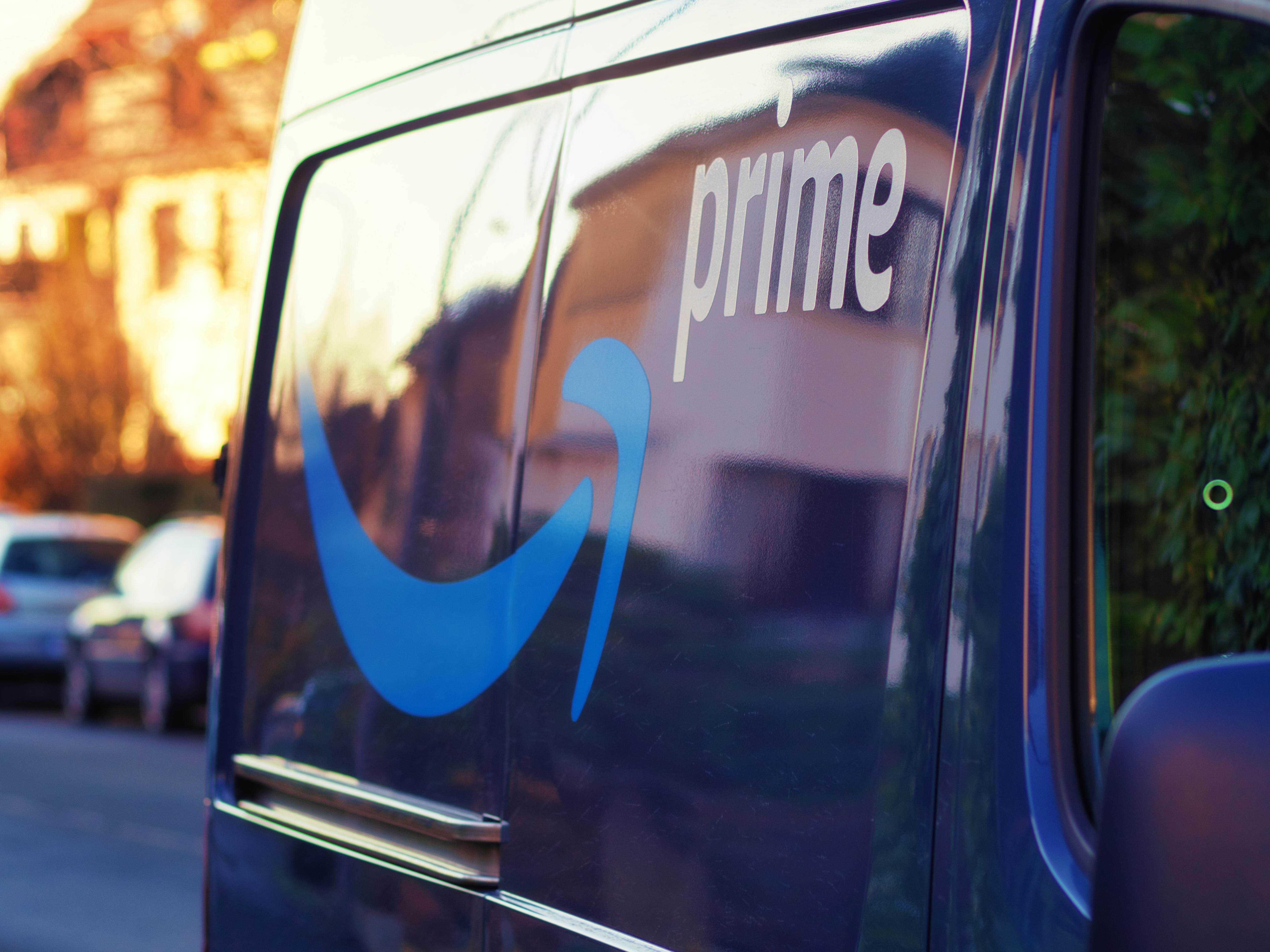“The Evolution of Prime Day: How Competitors Are Transforming the Mid-Year Shopping Extravaganza”

The Birth of Prime Day
Amazon Prime Day, initially launched on July 15, 2015, was created to celebrate Amazon’s 20th anniversary. Marketed as a sale event bigger than Black Friday, Prime Day aimed to boost Amazon Prime subscriptions and create a unique mid-summer shopping holiday. By 2015, Amazon Prime had approximately 40 million subscribers, a number that has since grown to an estimated 180 million in the United States.
The Competitive Landscape Heats Up
Prime Day’s success has not gone unnoticed by other retailers. Major players like Walmart, Target, TikTok Shop, and Temu have introduced their own sales events to coincide with or precede Prime Day. For instance, Walmart’s July deals and Target Circle Week are direct responses to the shopping frenzy initiated by Amazon. This has effectively turned July into a month-long shopping spree, as no retailer wants to miss out on potential sales.
Impact on Consumer Behavior
The advent of these competing sales events has significantly impacted consumer behavior. According to eMarketer, Amazon’s share of all online purchases made during Prime Day has been shrinking for the past three years. This suggests that other retailers are successfully drawing customers away from Amazon, making the mid-July period a blockbuster sales event for the entire retail industry, not just Amazon.
The Rise of New Platforms
Emerging e-commerce platforms like TikTok Shop and Temu are also capitalizing on the Prime Day hype. Temu, which didn’t exist during Amazon’s 2022 Prime Day, has quickly risen to become the most-downloaded shopping app in the United States. TikTok, leveraging its vast user base and popular #Sheinhauls trend, aims to boost its global e-commerce sales to over $20 billion this year.
Economic Factors Driving Sales
High inflation and a slowing economy are driving more consumers to seek out deals. The National Retail Federation reports that 45% of US back-to-school shoppers are now shopping sales more frequently, up from 30% in 2019. Additionally, 39% of shoppers are opting for more generic and store-brand products, a significant increase from the pre-pandemic figure of 20%. This trend benefits big-box stores and Amazon, which heavily promote their in-house labels during Prime Day.
Prime Day’s Influence on Retail Strategies
Despite the proliferation of sales events around Prime Day, it has not yet reached the status of a Black Friday-style shopping holiday. Many brands continue their non-stop discounting strategies, with numerous “July 4” sales still ongoing. Prime Day primarily pressures other companies to offer competitive markdowns or to collaborate with Amazon. For instance, Victoria’s Secret began selling lingerie on Amazon in early June and was featured in Amazon’s Prime Day announcement shortly thereafter.
Looking Ahead
As the holiday season approaches, Amazon is intensifying its focus on customer browsing data to deliver highly targeted offers. This strategic move underscores Amazon’s efforts to maintain its competitive edge and drive sales growth amid changing consumer preferences and economic conditions. The coming months will reveal whether Amazon’s strategies will keep it ahead in the increasingly crowded mid-year sales landscape.
Closing
Prime Day has evolved from a single retailer’s sales event into a broader retail phenomenon. Competitors have successfully turned July into a month-long shopping spree, benefiting consumers through a variety of sales events. As the retail landscape continues to evolve, it will be fascinating to see how Amazon and its competitors innovate to capture consumer attention and drive sales.
Thank you for reading! If you enjoyed this post, don’t forget to share it with your friends and family. Happy shopping!



